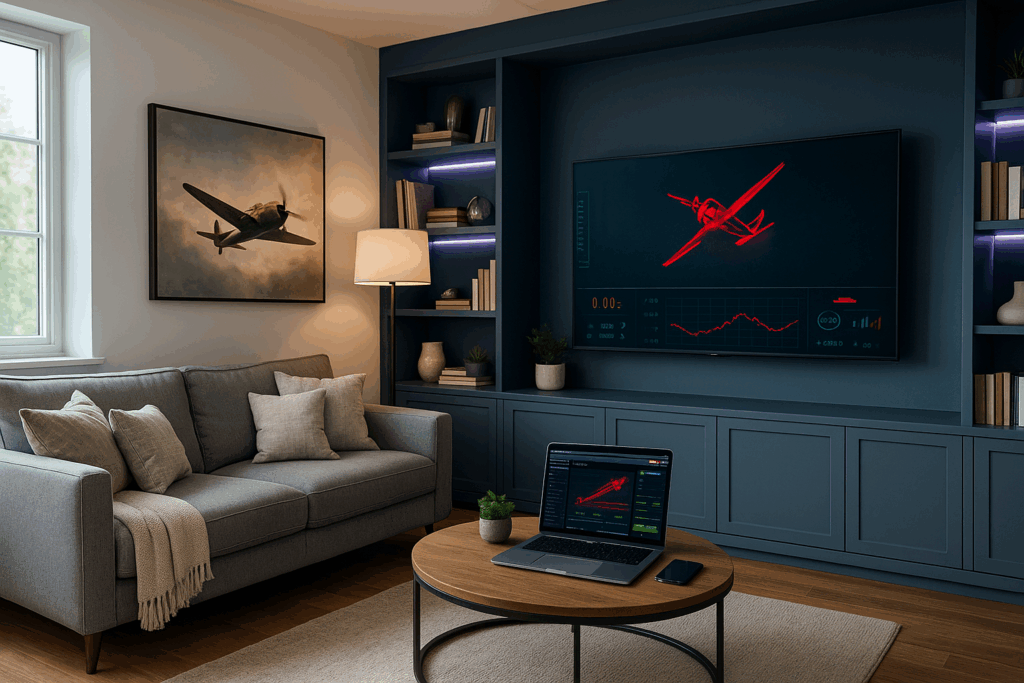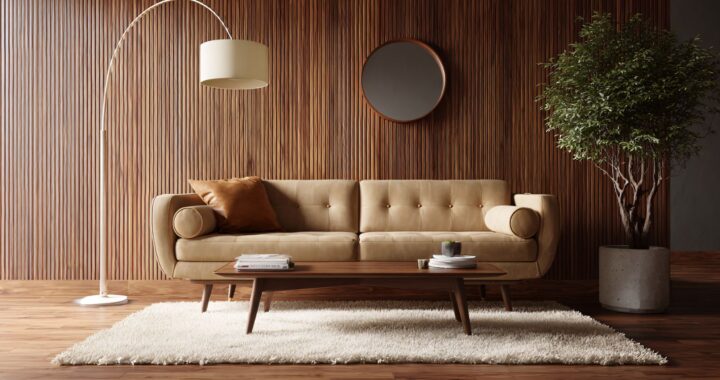How Modern Home Design Embraces Digital Lifestyles and Entertainment

Discover how homes today are evolving to include entertainment, technology, and personalized spaces that reflect the digital lifestyles of modern families.
Introduction
The modern home is more than just four walls — it’s a dynamic space that adapts to the lifestyles of its owners. Today, homes are designed to integrate work, relaxation, and entertainment seamlessly. Whether it’s remote work, family time, or immersive play, digital culture is shaping how people use and value their homes.
Online platforms like https://aviator-game.game/ highlight how entertainment and gaming are increasingly part of everyday routines. From casual play to creating specialized entertainment rooms, digital integration has become a must-have feature of modern real estate.
Entertainment as a Core Element of Home Living
Once considered a luxury, dedicated entertainment spaces are now a standard expectation in many homes. Property developers and designers recognize that homebuyers want spaces for streaming, gaming, and socializing — without sacrificing style.
Modern homes now feature:
- Media rooms with surround sound and large screens.
- Gaming lounges designed with ergonomic furniture and ambient lighting.
- Hybrid living spaces that support both work and play.
By including entertainment features in the design, homes increase both livability and long-term market value.
Interior Design Meets Digital Lifestyle
Designing a home today means accounting for technology and lifestyle needs. Wires, screens, and gadgets can easily disrupt a room’s aesthetics if not planned properly. To address this, interior design trends emphasize:
- Hidden storage for consoles and equipment.
- Wall-mounted screens and projectors.
- Multi-purpose furniture that blends with décor.
The result is interiors that look stylish while accommodating the latest digital experiences.
Gaming Culture in Home Spaces
Gaming has evolved into a mainstream cultural phenomenon. Families now dedicate rooms or corners of their homes to create immersive gaming setups. These spaces aren’t just about play — they reflect personal identity and social connection.
Popular features include:
- LED lighting systems that change with gameplay.
- Collectible displays and themed décor.
- VR-ready open areas for motion-based games.
Games like Aviator, which symbolize risk, reward, and excitement, highlight how digital entertainment merges with lifestyle — influencing how people think about designing their living spaces.
Lighting: Creating the Perfect Atmosphere
Lighting is one of the most powerful tools in modern interior design, especially for entertainment zones. Homeowners use layered systems to set moods for different activities:
- Smart bulbs that shift from warm work light to cool gaming colors.
- Accent LED strips around desks, shelves, and monitors.
- Natural light management with curtains and blinds to reduce glare.
This balance ensures that spaces are practical during the day and immersive at night.
Acoustics and Soundproofing for Home Comfort
Good sound is essential in entertainment-focused homes. Designers now incorporate:
- Acoustic panels to reduce noise transfer.
- Carpeting or rugs to absorb echoes.
- Integrated surround sound systems for cinema-quality experiences.
These improvements not only elevate the entertainment experience but also keep the rest of the household undisturbed.
Seamless Tech Integration
The modern home is smart by design. Technology is integrated into the architecture to support both convenience and style.
- Smart hubs allow residents to control lighting, sound, and security.
- Cable management solutions eliminate clutter.
- Hidden charging stations keep devices ready without visual chaos.
This seamless integration makes homes future-ready and highly appealing to buyers.
Lifestyle Beyond Entertainment
While gaming and streaming are important, modern entertainment rooms also serve broader lifestyle purposes. They can double as:
- Family movie rooms.
- Social gathering spaces.
- Relaxation zones for meditation or music.
This multi-functionality ensures every square foot of the home adds value and versatility.
Impact on Property Value
Incorporating digital entertainment features isn’t just a lifestyle choice — it’s a smart financial move. Real estate buyers increasingly look for properties with:
- Pre-installed smart systems.
- Dedicated entertainment spaces.
- Tech-friendly layouts.
Homes that deliver these features often sell faster and at higher prices. For homeowners, the investment pays off in both comfort and resale potential.
Tips for Designing Your Own Digital Entertainment Space
- Define Your Priorities — Decide whether the space will focus on gaming, streaming, or multipurpose use.
- Invest in Comfort — Choose ergonomic seating and quality lighting.
- Stay Flexible — Opt for modular furniture that adapts as your tech evolves.
- Show Personality — Add décor and design touches that reflect your lifestyle.
- Plan for the Future — Incorporate wiring and outlets for new devices.
Conclusion
Homes are no longer static shelters — they are adaptive spaces that reflect digital lifestyles. From entertainment rooms to smart technology, modern interiors seamlessly combine design, function, and culture.
By embracing these trends, homeowners can create spaces that are not only enjoyable but also valuable investments. As aviator illustrates, digital entertainment is woven into daily life — and modern homes are keeping pace beautifully.

 Blending Styles: Decorating with a Modern Round Rug and Warehouse Rugs for Living Room Interiors
Blending Styles: Decorating with a Modern Round Rug and Warehouse Rugs for Living Room Interiors  Pre-Built vs Custom Kitchens: What’s Best for Your Home?
Pre-Built vs Custom Kitchens: What’s Best for Your Home?  Five Refreshing Ways to Decorate and Revitalise Your Bathroom
Five Refreshing Ways to Decorate and Revitalise Your Bathroom